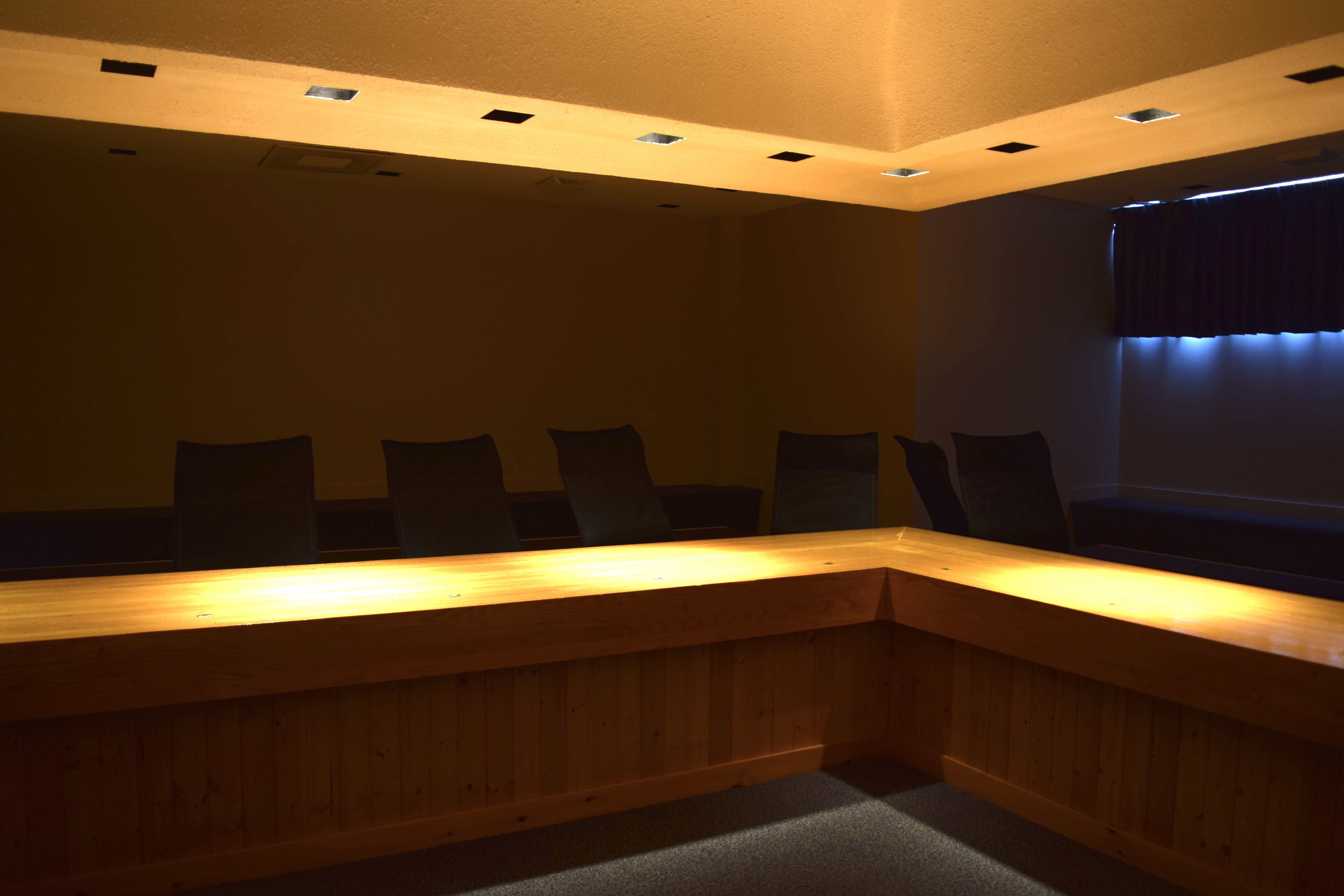Photo by Glenn Carstens-Peters Via Unsplash
I’ve heard a very wide variety of reviews for Netflix’s live-action remake of Avatar: The Last Airbender. This, I expected. The original show is so well-loved by so many people, and when you touch any story that is as adored as this one, you will inevitably find yourself pushing through a pit of defensive fans.
That said, I think many fans of the original show expected so little of the remake that they have bound themselves in negativity. I think that this negativity is preventing them from seeing what the new show has accomplished.
I’m not going to argue that Netflix’s version of Avatar has surpassed the original, or even that it matches the original in its brilliance. It most certainly does not. But it does have its merits, and I think a lot of its biggest critics are coming at it from the wrong angle.
To start, the new Avatar is an eight-part series with 45-to-55-minute episodes. The original is complete with 20 20-minute episodes. More importantly, the original series is, of course, animated, while the Netflix version is a live action. Changes had to be made for the story to translate across mediums.
“Translation” is actually a great way to describe the phenomenon. Think about it like languages. There are countless words and phrases that can’t be properly translated from one language to another. An example I often use is the many different Inuktitut words for the English word “snow.” Different languages have different strengths and can provide detail on their own unique topics. Mediums of storytelling are similar.
We see this translation of storytelling all the time when books are made into movies. Inner monologue, for example, does not translate well from text to motion-picture, so the plot often changes slightly to make up for information that the audience is not receiving from the protagonist’s inner monologue. The movie’s strength instead lies in its ability to tell stories through visuals. The scenes don’t have to be described because the audience experiences them along with the characters.
Similarly, many of the big expressions, reactions, and quirks of the characters in the animated Avatar do not translate well to live action. The new show’s creators understood this, and instead decided to lean into the realism that live-action shows do well to tell a different version of the story.
The creators of the new show have been very clear that their intention was not to redo the original series plot point by plot point. The showrunner, Albert Kim, cleverly used a music analogy to describe the changes they have made, saying that the new show is “a remix, not a cover.” It is supposed to be different. The changes that many people on the internet are complaining about have been made purposefully. The new show should not be judged by how it compares to the original, but how it tells its story in its own way.
I’m not trying to argue that the live-action show is perfect. It has many flaws, particularly in some of the writing. I do wish that Katara’s character retained more of her childlike wonder and motherly qualities. However, I don’t think the show’s flaws should stand in the way of its successes. The animals look fabulous. The bending is a delight to watch. Aang and Zuko have new attributes that add a different sort of charm to their characters than is in the original show.
At the end of the day, the original series will always be a timeless masterpiece. It’s not going anywhere, and it will still exist even if you decide to let yourself enjoy the live action. Just give the new show a chance.






well I just learned that “defense” has an S when spelled by the US and a C when written with a UK origin.
mahalo!